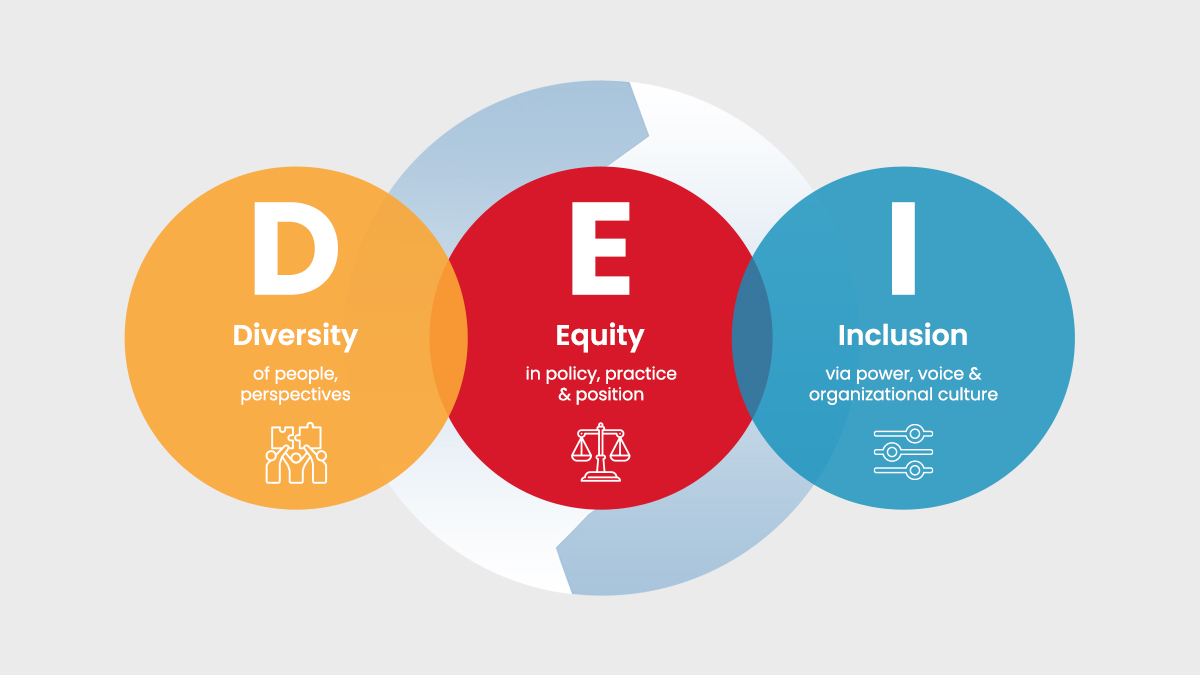
Around two months back, the euphoria for onboarding tech talent touched its peak. The mad rush to hire skilled engineers dominated the narrative both offline and online. Engineers had earned the tag of kingmakers, commanding pay and perks unheard of. On the contrary, hiring managers at tech companies piled up cost worries yet watched the scene in despair. Their calculation overlapped with speculation as they tried hard to figure out a solution.
As I pen my thoughts today, I wonder if there’s a solution. The tech hiring fever hasn’t subsided. Enterprises today are chasing digital, and the Covid pandemic has only sped up the chase. It’s an insane war for hiring- a lopsided race where demand (for skilled talent) is galloping while the supply (of skilled techies) is still cruising.
This frenzy didn’t build up in a day. At the heart of this crisis is the skill gap. We acknowledge it. But are we doing enough to fill the void? I understand the constraints of recruiters. Indian IT companies, global tech leaders, start-ups, and product companies like Google or Amazon are all diving into the same talent pool. And discovering the crunch in the availability of quality tech talent.
A recent report by McKinsey & Co estimates the gap between demand and supply of digital talent at six million in eight key countries- US, India and China included. As we build a Digital First world, this skills gap has hit an inflection point with serious repercussions on economies. A study by Salesforce warns that 14 G-20 countries could miss out on $11.5 trillion worth of cumulative growth in GDP if the skill gap is not bridged.
Scrutiny by geography shows the US has the highest gap (70 per cent), followed by India (64 per cent) and the UK (57 per cent). With the largest youth population of over 600 million, India has considerable catching up to do in skills- the International Labour Organization has pegged the skills gap for the country at 29 million by 2030.
Accenture believes that if this skills gap is not controlled, India could suffer a GDP loss worth a whopping $1.97 trillion over the next decade.
If I could iterate, we never faced a crunch in numbers. What we need is prudent number crunching. With 4.5 million+ engineers, India has one of the largest talent pools. Every year, we produce more than 1.5 million engineers. However, 65-75 per cent of them are unemployable or not job-ready.
For us, unemployability is a bigger threat than unemployment. Our critical skill gap problem boils down to the youths aspiring to foray into the job market. Any skilling initiative has to take deeper roots at that level. Catching the youths early on should form the nucleus of our skilling strategy. Our technology companies have taken a laudable step in onboarding more fresh tech talent. Next, they can keep the fresh hires invested in a continuous upskilling and reskilling journey, particularly in digital technologies. Digital skills are staple for any business. Organizations need to make digital skills training accessible at all levels- even beyond the walls of their plush offices. Microsoft India teaming up with the Ministry of Labour & Employment to launch DigiSaksham - a collaborative digital skills training initiative, is the right step to empower youths. I can sense a boom for the skilled youths with the global economy getting more tech-driven and borderless hiring. India, with its demographic dividend, has the edge. To be the global hub for digital talent and to end the raging frenzy in acquiring talent.


























































We will verify and publish your comment soon.